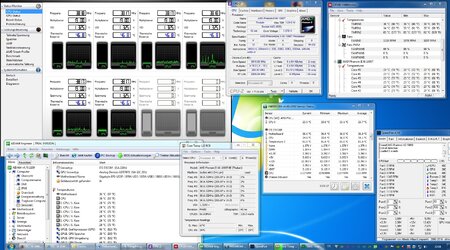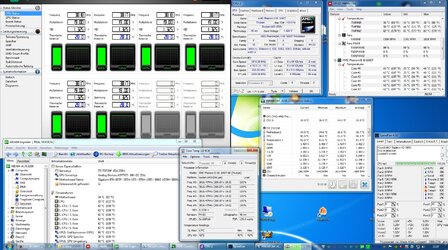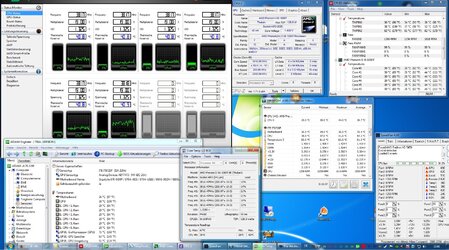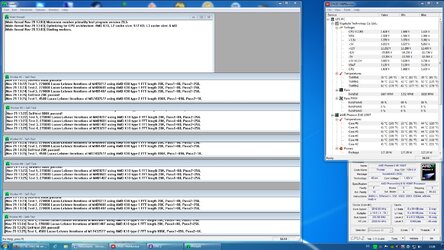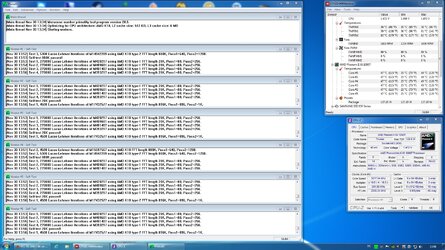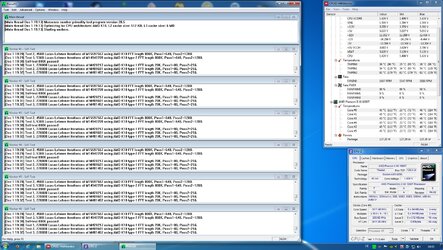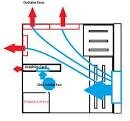Hi all,
I hope you can understand, what I mean because I haven`t used my English for a while.
I`m overclocking my X6 BE, but having problems with figuring out which temperature it is at.
But first something about my hardware:
AMD Phenom II X6 1090T Black Edition, 6x 3.20GHz, boxed (HDT90ZFBGRBOX) (REVISION: PH-E0, STEPPING:0 from CPU-Z)
Gigabyte GA-870A-UD3
Sapphire Vapor-X Radeon R9 290 Tri-X OC, 4GB GDDR5, 2x DVI, HDMI, DisplayPort, full retail (11227-04-40G) (Old Card was: Zotac GeForce GTX 260 AMP²! Edition 216 Core 55nm, 896MB GDDR3 2100MHz, 2x DVI, TV-out (ZT-X26E3KE-FCP))
Prolimatech Megahalems Rev. B Kühlkörper
Corsair Vengeance Low Profile schwarz DIMM Kit 8GB, DDR3-1600, CL9-9-9-24 (CML8GX3M2A1600C9)
Cooler Master CM 690 II Advanced, schallgedämmt (“sound insulated”)
vCore atm 1.375
CPU atm. 3.8 Ghz
NorthBridge atm 2 Ghz
CPU&Co:




BIOS:



Problem: Which temperature is right for my CPU?

If I don`t know which is right, I can`t really overclock .
.
P.s. AOD Shows wrong vCore @ problem pic. BIOS pic Shows wrong vCore.
I hope you can understand, what I mean because I haven`t used my English for a while.
I`m overclocking my X6 BE, but having problems with figuring out which temperature it is at.
But first something about my hardware:
AMD Phenom II X6 1090T Black Edition, 6x 3.20GHz, boxed (HDT90ZFBGRBOX) (REVISION: PH-E0, STEPPING:0 from CPU-Z)
Gigabyte GA-870A-UD3
Sapphire Vapor-X Radeon R9 290 Tri-X OC, 4GB GDDR5, 2x DVI, HDMI, DisplayPort, full retail (11227-04-40G) (Old Card was: Zotac GeForce GTX 260 AMP²! Edition 216 Core 55nm, 896MB GDDR3 2100MHz, 2x DVI, TV-out (ZT-X26E3KE-FCP))
Prolimatech Megahalems Rev. B Kühlkörper
Corsair Vengeance Low Profile schwarz DIMM Kit 8GB, DDR3-1600, CL9-9-9-24 (CML8GX3M2A1600C9)
Cooler Master CM 690 II Advanced, schallgedämmt (“sound insulated”)
vCore atm 1.375
CPU atm. 3.8 Ghz
NorthBridge atm 2 Ghz
CPU&Co:
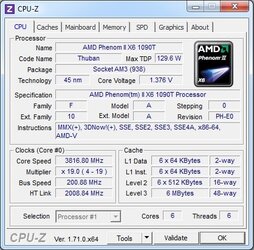
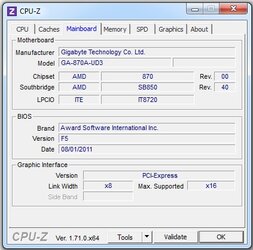
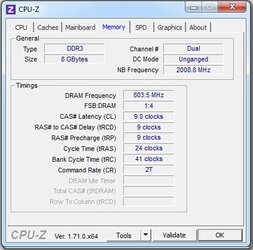
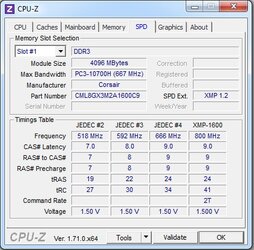
BIOS:
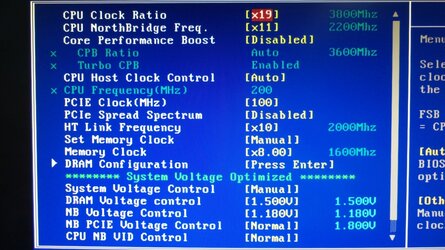
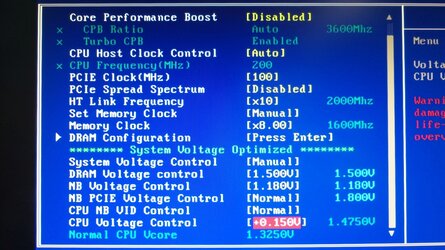
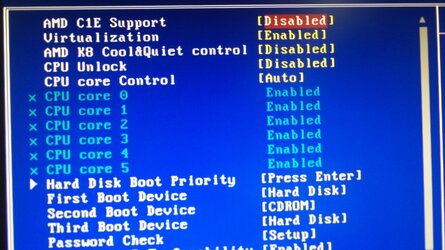
Problem: Which temperature is right for my CPU?
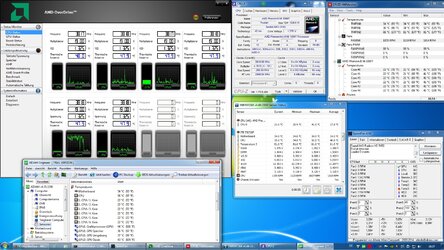
If I don`t know which is right, I can`t really overclock
P.s. AOD Shows wrong vCore @ problem pic. BIOS pic Shows wrong vCore.
Last edited:
